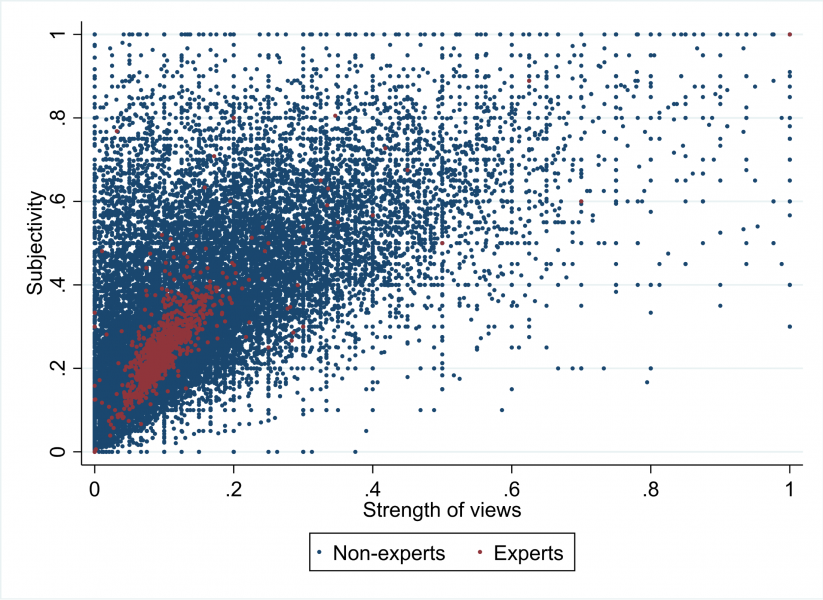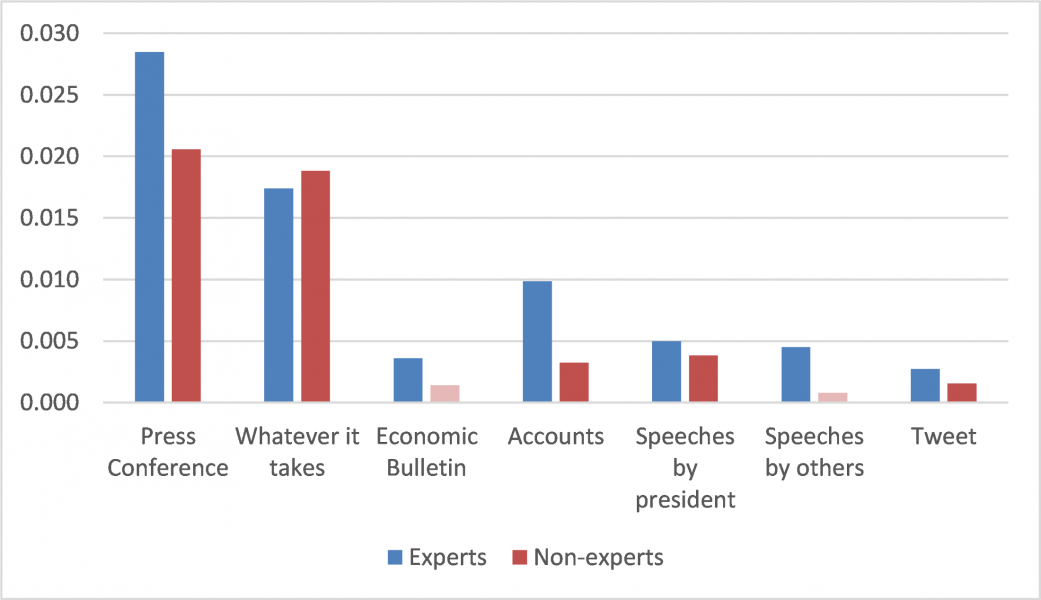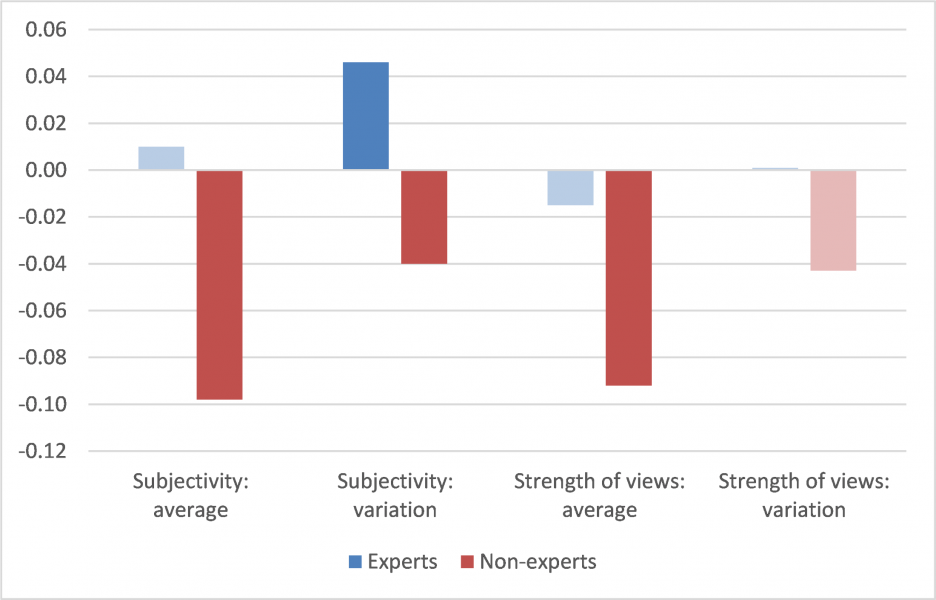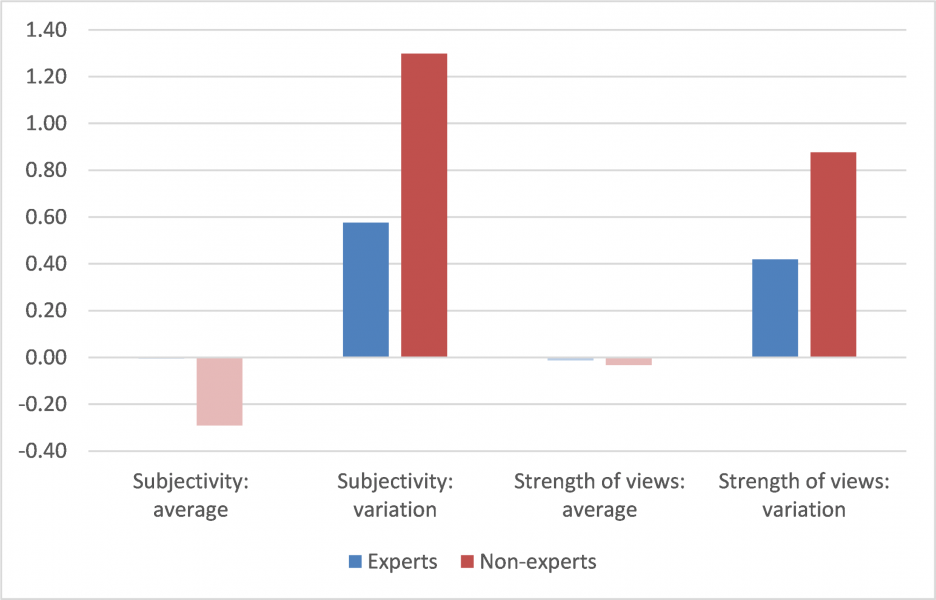References
Blinder, A. (2018). Through a Crystal Ball Darkly: The Future of Monetary Policy Communication. American Economic Association Papers and Proceedings 108, 567–571.
Christelis, D., D. Georgarakos, T. Jappelli and M. van Rooij (2020). Trust in the Central Bank and Inflation Expectations. International Journal of Central Banking 16(6), 1-37.
Coibion, O., Y. Gorodnichenko and M. Weber (2019). Monetary policy communications and their effects on household inflation expectations. VoxEU, https://voxeu.org/article/monetary-policy-communications-and-household-inflation-expectations.
Coibion, O., Y. Gorodnichenko, E.S. Knotek II and R. Schoenle (2020). Average inflation targeting and household expectations. VoxEU, https://voxeu.org/article/average-inflation-targeting-and-household-expectations.
Ehrmann, M. and A. Wabitsch (2021). Central bank communication with non-experts: a road to nowhere?, CEPR Discussion Paper No. 16525.
ter Ellen, S., V.H. Larsen and L.A. Thorsrud (2020). Narrative monetary policy surprises and the media: How central banks reach the general public. VoxEU, https://voxeu.org/article/narrative-monetary-policy-surprises-and-media.
van der Cruijsen, C., D.-J. Jansen and J. de Haan (2015). What the general public knows about monetary policy. VoxEU, https://voxeu.org/article/what-general-public-knows-about-monetary-policy.








